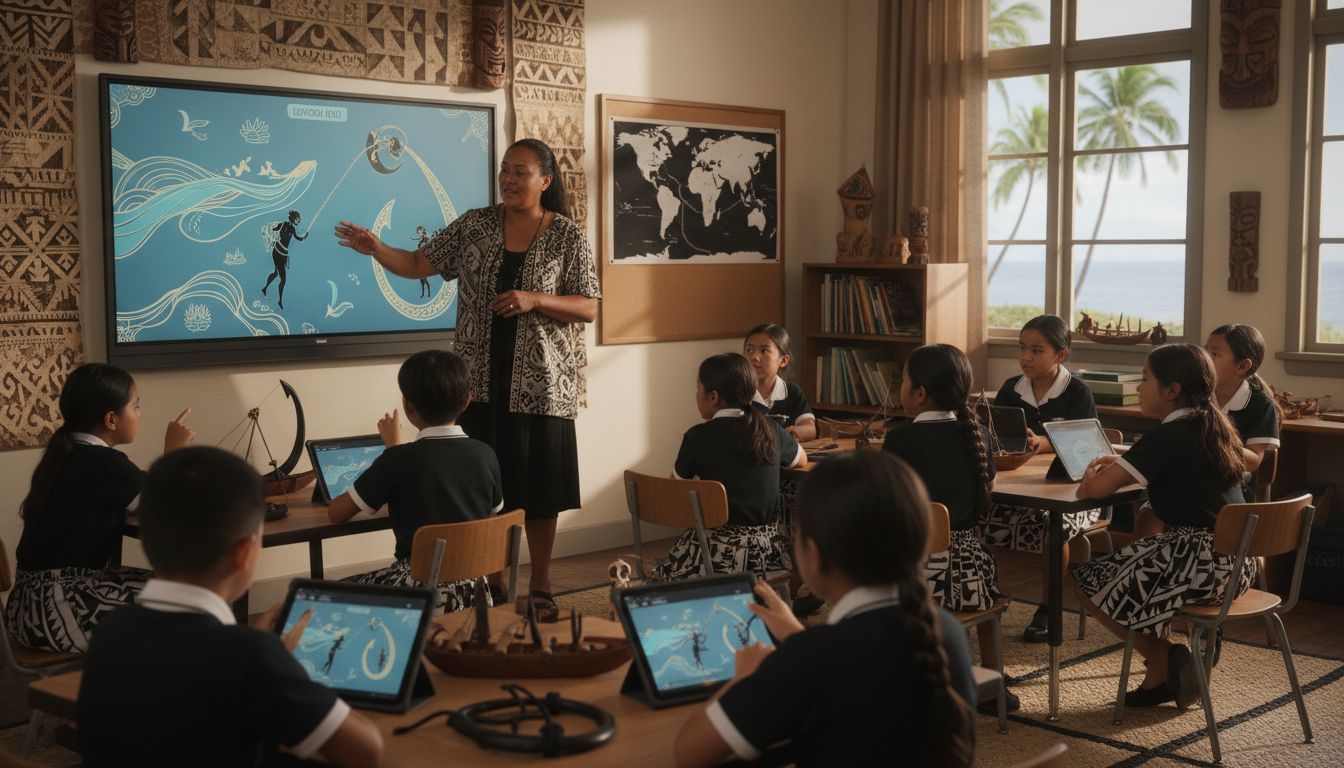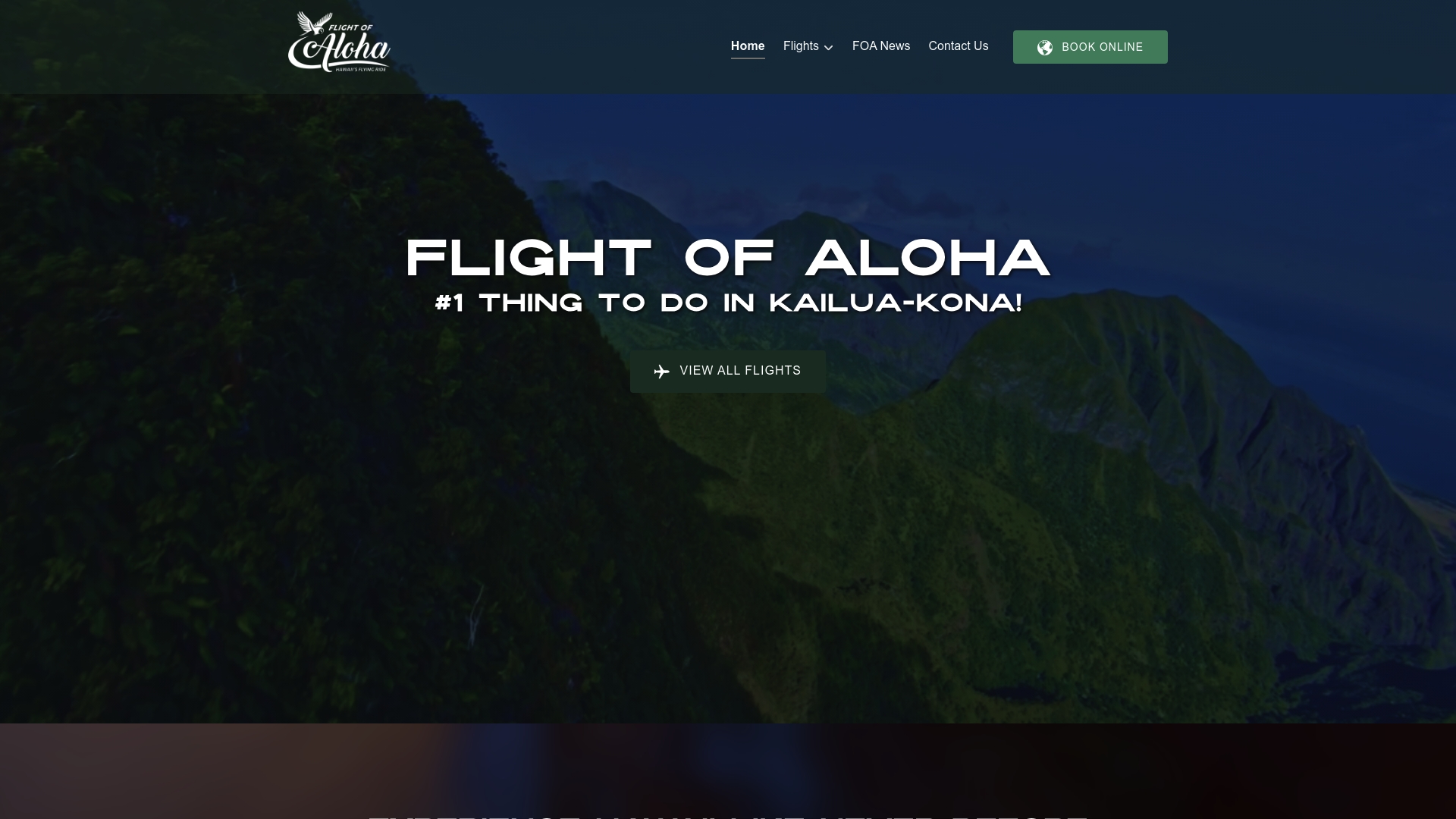Complete Guide to Explaining Hawaiian Legends

Over seventy percent of american visitors to Hawaii are surprised to learn that Hawaiian legends hold much more than entertainment value. These stories form the spiritual and social core of Hawaiian culture, linking generations with their ancestry through powerful, living traditions. For anyone hoping to appreciate Hawaii beyond the surface, understanding the depth and diversity of its legends can reveal a world where every tale carries meaning and every lesson shapes both community and identity.
Table of Contents
- Defining Hawaiian Legends And Their Origins
- Major Types Of Hawaiian Legends Explained
- Cultural Significance In Hawaiian Society
- How Legends Are Shared And Experienced Today
- Common Misconceptions And Myths Clarified
Key Takeaways
| Point | Details |
|---|---|
| Cultural Significance | Hawaiian legends serve as vital cultural transmissions, connecting generations and imparting ecological, moral, and spiritual knowledge. |
| Dynamic Storytelling | Modern Hawaiian storytelling utilizes various platforms to maintain the relevance and continuity of legends in contemporary society. |
| Understanding Complexity | Recognizing Hawaiian legends requires an appreciation of their intricate cosmological foundations and their role as living cultural expressions. |
| Misconceptions | Common misunderstandings reduce these legends to simplistic narratives, failing to recognize their depth and significance within Hawaiian culture. |
Defining Hawaiian Legends and Their Origins
Hawaiian legends represent far more than simple storytelling – they are profound cultural transmissions that carry the spiritual DNA of Hawaiian people. Moʻolelo (traditional Hawaiian stories) serve as intricate narratives connecting generations, explaining natural phenomena, and preserving ancestral wisdom through oral traditions passed down through centuries.
According to the University of Hawaiʻi at Hilo library research guide, Hawaiian legends fundamentally represent complex cosmological systems that explain the origins of the Hawaiian universe, islands, and human experiences. These stories are not mere entertainment but sophisticated philosophical frameworks that communicate deep cultural understanding. They typically involve:
- Supernatural beings and gods (akua)
- Explanations of natural world formations
- Moral and spiritual lessons
- Genealogical connections between humans and environment
Legends often center around powerful deities like Pele (volcano goddess) and Maui (legendary cultural hero), who play crucial roles in explaining natural processes and cultural practices. Explore more about Hawaiian storytelling traditions in our guide on Hawaiian legends, which provides deeper insights into these remarkable narratives that have sustained Hawaiian cultural identity for generations.
Understanding these legends requires recognizing them as living, breathing cultural expressions – not static historical artifacts. They represent dynamic knowledge systems that continue evolving, reflecting the resilience and adaptability of Hawaiian cultural wisdom across changing generations.
 Each moʻolelo carries layers of meaning, connecting present communities with their ancestral past through powerful, transformative storytelling.
Each moʻolelo carries layers of meaning, connecting present communities with their ancestral past through powerful, transformative storytelling.
Major Types of Hawaiian Legends Explained
Hawaiian legends are rich and diverse, encompassing various narrative traditions that reflect the deep cultural complexity of the Hawaiian people. These legends can be categorized into distinct types that serve different cultural and spiritual purposes, each offering unique insights into Hawaiian worldviews and experiences.
Creation Myths represent one fundamental category of Hawaiian legends. According to the Max Mythology resource, these stories often center around powerful deities and supernatural beings who shaped the Hawaiian islands and cosmos. They typically explain the origins of natural phenomena, landscape formations, and the intricate relationships between humans, gods, and the environment.
Another significant type includes Hero Legends, which chronicle the adventures of legendary figures like Māui. The Gutenberg collection provides extensive documentation of Māui’s mythical exploits, highlighting how these narratives serve multiple functions:
- Explaining natural phenomena
- Teaching moral lessons
- Preserving cultural knowledge
- Entertaining through complex storytelling
Learn more about the unique storytelling traditions in our guide on Hawaiian cultural experiences, which explores how these legends continue to play a vital role in contemporary Hawaiian culture. These narratives are not static historical artifacts but living, dynamic expressions of cultural wisdom that connect past and present generations through powerful, transformative storytelling.
Cultural Significance in Hawaiian Society
Hawaiian legends are far more than simple stories – they represent the intricate social fabric that connects generations, transmits cultural knowledge, and provides a profound framework for understanding the world. These narratives serve as living repositories of collective wisdom, spiritual understanding, and social identity for Hawaiian communities.
Ecological Relationships play a crucial role in Hawaiian legendary traditions. According to the University of Hawaii at Hilo research, legends about plant origins like breadfruit and taro demonstrate the deep interconnectedness between Hawaiian people and their natural environment. These stories are not merely explanatory myths but sophisticated ecological narratives that communicate complex relationships between humans, plants, and spiritual forces.
The cultural significance of these legends extends across multiple domains:
- Preserving historical knowledge
- Transmitting moral and ethical principles
- Explaining natural phenomena
- Maintaining spiritual connections
- Reinforcing community bonds
Explore deeper insights about Hawaiian cultural traditions in our guide on understanding Hawaiian traditions, which reveals how these legendary narratives continue to shape contemporary Hawaiian identity. Legends function as dynamic cultural mechanisms, bridging ancestral wisdom with modern experiences and ensuring that traditional knowledge remains vibrant and relevant in an ever-changing world. They represent a living, breathing system of cultural transmission that goes far beyond simple storytelling – they are the heartbeat of Hawaiian cultural resilience and continuity.
![]()
How Legends Are Shared and Experienced Today
In contemporary Hawaiian society, the transmission of legends has evolved beyond traditional oral storytelling, embracing modern platforms while maintaining the core cultural essence. Moʻolelo continue to thrive through innovative mediums that connect younger generations with their rich ancestral narratives, ensuring cultural continuity in a rapidly changing world.
According to the University of Hawaiʻi at Hilo library research guide, the preservation of Hawaiian legends now occurs through multiple dynamic channels. These include interactive cultural experiences, digital storytelling platforms, educational programs, and immersive multimedia presentations that transform traditional storytelling into engaging contemporary formats.
Today, legends are experienced through various interactive methods:
- Cultural festivals and community gatherings
- Museum exhibitions
- Educational workshops
- Multimedia theater experiences
- Online storytelling platforms
- School curriculum programs
Learn more about unique Hawaiian storytelling experiences in our guide on cultural traditions, which highlights how these narratives continue to evolve. Modern Hawaiian storytellers are not just preserving history – they are actively reinterpreting legends, making them relevant to contemporary audiences while maintaining the profound spiritual and cultural connections that have sustained Hawaiian identity for generations. This adaptive approach ensures that legends remain living, breathing expressions of cultural wisdom rather than static historical artifacts.
Common Misconceptions and Myths Clarified
Hawaiian legends are often misunderstood by outsiders, reduced to simplistic narratives or romanticized stereotypes that fail to capture their profound cultural complexity. These misconceptions can diminish the rich intellectual and spiritual depth of Hawaiian storytelling traditions, transforming nuanced cultural expressions into superficial entertainment.
According to the University of Hawaiʻi at Hilo library research guide, many popular misconceptions about Hawaiian legends stem from a fundamental misunderstanding of their intricate cosmological and philosophical foundations. Mythological narratives are not mere fairy tales, but sophisticated systems of knowledge that encode complex understanding of natural processes, social relationships, and spiritual interconnectedness.
Common misconceptions about Hawaiian legends include:
- Viewing them as primitive or unsophisticated storytelling
- Treating legends as historical documentation
- Assuming all legends are identical across Polynesian cultures
- Believing legends are static and unchanging
- Interpreting stories through a purely Western cultural lens
Learn more about understanding Hawaiian cultural traditions in our guide on cultural perspectives, which provides deeper insights into the nuanced world of Hawaiian storytelling. Truly understanding these legends requires approaching them with respect, intellectual curiosity, and a willingness to set aside preconceived cultural frameworks. They represent living, dynamic expressions of cultural wisdom that continue to evolve, challenge, and inspire both Hawaiian communities and those who seek to understand their profound cultural significance.
Experience Hawaiian Legends Like Never Before
The article reveals how Hawaiian legends serve as living cultural treasures that connect past and present through deeply meaningful storytelling. If you want to truly feel the power of these moʻolelo beyond reading, immerse yourself in an experience that brings these tales to life with breathtaking visuals, captivating motion, and the natural scents and winds that echo Hawaiian nature. Flight of Aloha offers exactly that opportunity by blending cultural storytelling with state-of-the-art immersive technology, allowing you to soar above the islands and witness legends such as Pele and Māui in vivid, unforgettable detail.

Discover the unique connection between Hawaiian legends and modern storytelling. Book a visit today at Flight of Aloha and dive into immersive films like “Naupaka” and “Lahaina” that enrich your understanding of these powerful narratives. To enhance your journey, explore our VIP experiences and consider annual passes for unlimited access to this one-of-a-kind cultural adventure. Don’t just learn about Hawaiian legends — live them with Flight of Aloha now.
Frequently Asked Questions
What are Hawaiian legends and their significance?
Hawaiian legends, known as moʻolelo, are traditional stories that convey the cultural, spiritual, and ecological wisdom of the Hawaiian people. They serve to connect generations, explain natural phenomena, and preserve ancestral knowledge through oral traditions.
What types of narratives are found in Hawaiian legends?
Hawaiian legends can be categorized into different types, including creation myths that explain the origins of the islands and natural phenomena, and hero legends that chronicle the adventures of legendary figures like Māui, highlighting moral lessons and cultural teachings.
How are Hawaiian legends shared in contemporary society?
Today, Hawaiian legends are shared through various interactive methods such as cultural festivals, museum exhibitions, educational workshops, and multimedia theater experiences. These methods aim to engage younger generations while preserving the core cultural essence of the narratives.
What common misconceptions exist about Hawaiian legends?
Many misconceptions about Hawaiian legends include viewing them as primitive storytelling, assuming they are identical across Polynesian cultures, and interpreting them through a purely Western lens. These misunderstandings can diminish the rich cultural complexity and philosophical foundations of the legends.
